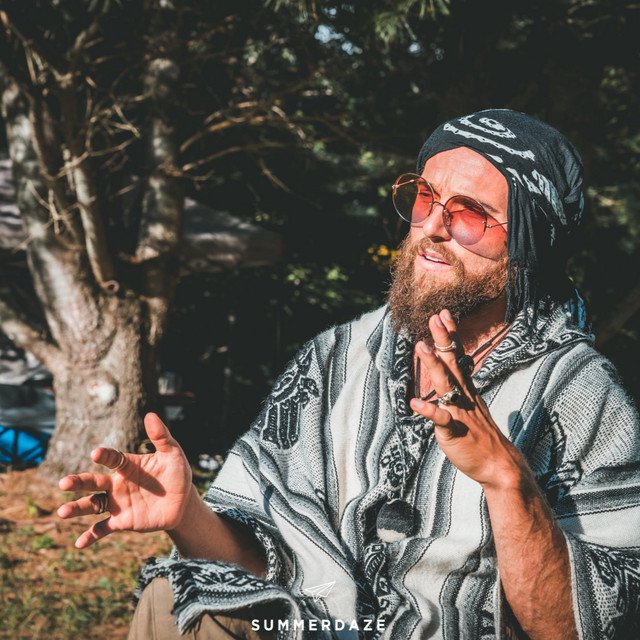
Gaia’s Heart
Visual and sound bath immersion dome
All-immersive deep dive into sensory stimuli for meditation and healing
Teaching traditional cultural dance
Lessons in cultural healing dance from the four corners of the globe
Rain Dance
Harvest Dance
Ceremonial Dance
Shamanic Dance
Twirling
Spirit Awakening
Ritual Dance
Fire Dance
Ecstatic Dance
Create a new vision around educating the world on all cultural modalities of healing before colonization- and current modalities of healing that we will practice and present at the locations.
Live performances and DJs
Special performances and guests
Celebrity Healers
International and Cultural Celebrity Musicians
Innovative, inspirational speakers
Indigenous spiritual and wellness leaders, medicine people, monks, shamans, and sangomas
VIETNAM - Lên đồng
Shamanism was widely practiced across Vietnam, from the Delta to the mountainous north, with shamans providing spiritual security to the community through various rituals until the government attempted outlaw and stop shamanistic practices with its ‘anti-superstition’ campaigns between the 1960s to 1980s. Labeled as charlatans whose sole aim was to fleece the people of their hard-earned dollar, the government made a concerted effort to stop and discredit all forms of shamanism. But spiritual belief runs deep in Asia.
Re-branded as folk practices, shamanism is alive and well in one form or another in Vietnam still today. From the burning of symbolic offerings to provide family members in the afterlife with the comforts they enjoyed in life, to divination, to spirit possession and channeling, all these are shamanistic in origin. Even down to buying a new car, or undertaking a big journey, a village elder will be consulted to pick an auspicious day in order to ensure safety and success.
Of the old religions, ancestor worship is still very important to Vietnamese families. They will commemorate the anniversaries of the deaths of ancestors, making offerings in their honor on the first and fifteenth of the lunar month. Still seeing these long dead relatives as very much a part of the living family, they will seek advice and support from ancestors by making special offerings when praying to ancestors for help.
Another ritual still widely revered and practiced is the Lên đồng ritual of the ancient Mother Goddess religion. Musical invocations are used to encourage spirits to possess people acting as shamanistic spirit mediums or soul callers. Bridging the world of spirit with the world of the living, help is sought from the spirits perhaps for healing, or for advice or divination. Shamanism by any other name.
As there is no formal organization of the religion, there is much freedom in its expression among practitioners. For example, the styles, designs, and intricacy of the costumes worn by the spirit mediums or shaman may vary, or perhaps the size of the accompanying ritual orchestra to play the musical invocations. Yet there remains one very important element of spirit possession ritual: loc or lucky gifts from the spirits of the mother goddess pantheon. Even the spirit world appreciates the power of commerce.
Practitioners of Lên đồng have claimed to experience improved mental, emotional, spiritual, and physical health, in addition to attracting more financial opportunities.
The Vietnamese practice literally translates into MOTHER GODDESS religion! Pachamama!
LAOS - Hmong’s Txiv Neeb
Shamanism is still widely practiced in all tribes of the Hmong. Closely connected to animist beliefs, the ritual practices of the village Shaman are conducted for the purposes of healing, divination, and control over natural events. The Hmong believe in a variety of spirits (neeb) that they live alongside, with these spirits associated with the home, the village, the land, some with nature, and some with ancestors.
Shamanism for the Hmong isn’t a skill one can practice to become a shaman, or a skill to be handed down. All Hmong shaman are chosen by the spirit world. A Hmong Shaman, known as Txiv Neeb, is chosen by healing spirits called ‘Dab Neeb’, with the individual becoming aware that he has been chosen to be a shaman through the effects of the ‘Dab Neeb’ which manifest as sudden intolerances of certain foods, or inexplicable fatigue and weakness. Each shaman has a different level of healing power, with different shamans renowned for their healing skills with particular ailments and illnesses, just like our modern medical world’s specialists and consultants.
Illness is frequently attributed to the action of spirits, and spirit practitioners are called to carry out curing rites. The shaman will diagnose and will refer people to other sources if they are unable to cure the patient’s malady or illness directly themselves. To travel from the physical world to the spirit world, Hmong shaman require a variety of equipment including: the gong ‘nruas’, the rattle ‘txiab neeb’, the buffalo horn ‘kuam’, the rattle rings ‘tswb neeb’, the sword ‘riam neeb’, a bowl of holy (shaman) water, a bowl of uncooked rice as a base for the incense, a few dozen incense sticks, and a bowl of uncooked rice with eggs.
Every house has a small altar on one wall. This altar is the center for any ritual related to the household or its members. Annual ceremonies at Hmong New Year renew the general protection of the household and the family’s ancestral spirits. The spirit of the door is important to the well-being of everyone in the household and is the object of another annual ritual and ceremony and sacrifice. The human world and the spirit world need to live in harmony, when this harmony is disrupted the spirits need appeasement, or help from the spirit world is sought to bring the two worlds back into balance from the effects of mischievous spirits. The Hmong shaman work between the physical world and the spirit world providing their community with support in all of life’s key moments from the cradle to the grave.
Then we can teach through the interactive museum space about every single form of healing that we offer and open the door and education about every culture, plant , traditions and other practices that we offer. A full interactive visual museum/ library of everything healing.
And the ancient Nepal shaman used their practice to locate and heal diseases!
NEPAL - Jhākri
The Jhākri are Nepali shaman. Found in many of Nepal’s ethnic groups and within many ethnic groups living in the regions of Sikkim and West Bengal that border Nepal, Jhākri conduct rituals at weddings and funerals to ensure spiritual help and blessings for the families concerned, and also at key points in the agricultural calendar to seek spiritual help with the crops and the harvest. Belief in the spirit world is strong in these regions and so Jhākri are both in demand and very much respected members of the communities in which they live and work.
As with most shaman, the Jhākri are also spiritual healers and they both diagnose and treat disease. Their ability to bridge the world of the living and the dead also allows them to communicate and channel the dead. Recently bereaved families may seek out a Jhākri to communicate with their lost loved one. The Jhākri will allow the spirit of the deceased person to briefly possess them so the family can talk with their family member who has now passed to the spirit world. This practice of spirit channeling is known as ‘Chinta. As with the world of the living, the spirit world has both good and evil spirits, and Jhākri also act as defenders of the living and will counter the effects of evil and mischievous spirits, and the witches that are considered able to control these troublesome spirits.
The Jhākri have been defined by some as magico-religious specialists, part herbalists, part healers and part priests whose technique is very much spiritual and whose business is to determine the nature of the spirit, and then either to placate it or drive it away so it can cause no further harm.
Teaching traditional cultural dance
Add lessons in cultural healing dance from the four corners of the globe
Rain Dance
Harvest Dance
Ceremonial Dance
Shamanic Dance
Twirling
Spirit Awakening
Ritual Dance
Fire Dance
Ecstatic Dance
Create a new vision around educating the world on all cultural modalities of healing before colonization- and current modalities of healing that we will practice and present at the locations.




